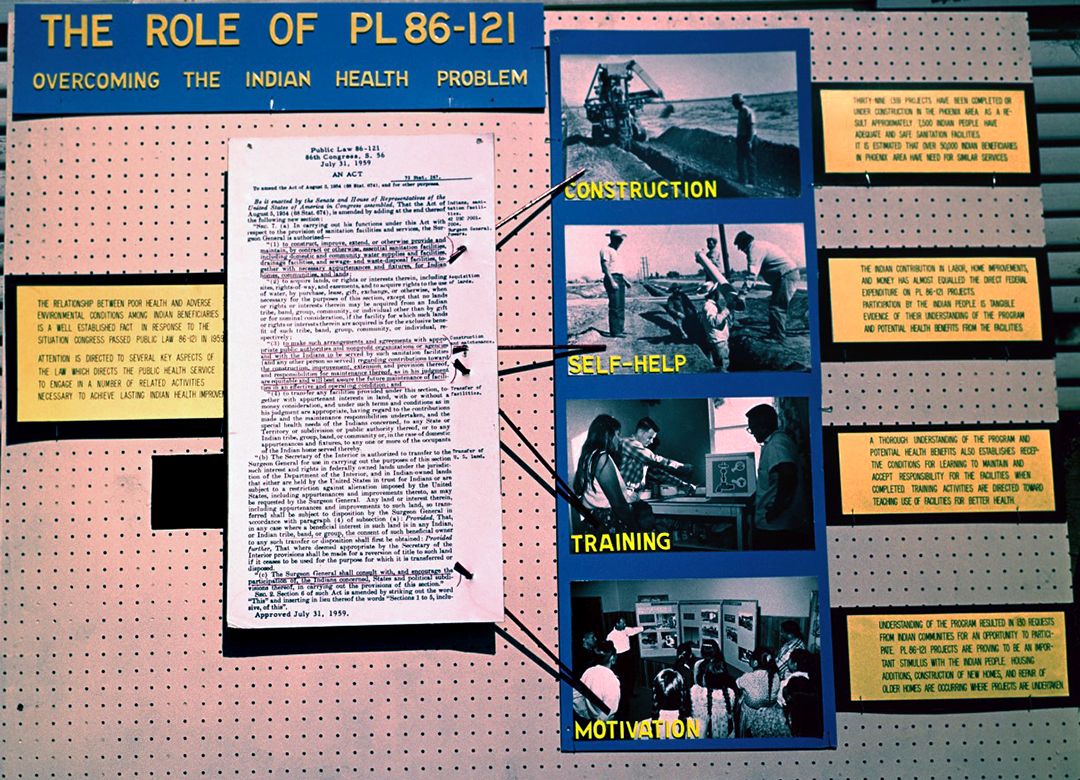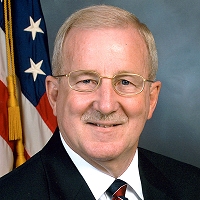Today marks the 60th anniversary of the signing of the Indian Sanitation Facilities Act, Public Law 86-121. This Act provides the statutory basis for the IHS Office of Environmental Health and Engineering’s Sanitation Facilities Construction Program, authorizing the Surgeon General, and now the Indian Health Service, to construct essential sanitation facilities for American Indian and Alaska Native homes and communities. IHS environmental engineers plan, design, and manage most SFC Program projects that include providing water supply, sewage disposal and solid waste disposal facilities. This simple, one-page Act helped establish what is well recognized by public health professionals as one of the most effective programs ever in improving Indian health. Additionally, by requiring consultation and encouraging active participation by tribes in project planning and implementation, the Act was a first step toward tribal self-determination for health programs.

Adequate sanitation facilities are lacking in approximately 68,000 American Indian and Alaska Native homes throughout the country. Approximately 7,600 of these homes, or 1.9 percent, lack access to a safe water supply or waste disposal facilities, compared to less than 1 percent of homes for the U.S. general population. A recent cost benefit analysis indicated that for every dollar IHS spends on sanitation facilities to serve eligible existing homes, at least a twentyfold return in health benefits is achieved. The SFC Program annually identifies sanitation facility needs and IHS will continue to collaborate with tribes, other federal agencies, states, and organizations to provide needed resources for these essential facilities.
The SFC Program would not be as successful as it is without the dedication and commitment of our staff in the area, district, and field offices across the country. Whether they are helping tribal utilities develop their operation and maintenance capacity, surveying and drafting for new sites and facilities, performing design work for new systems, or providing the administrative support to keep our program operating at a high level, their contributions are what drive the SFC Program’s delivery of improved health outcomes.
On this day, I encourage our staff and all of you to take a moment to recognize how safe drinking water and waste disposal facilities support the public health of the tribal communities we serve, and how the SFC Program ties into the history of IHS’ partnership with tribes to improve the health status of American Indians and Alaska Natives.
Learn more about the IHS Office of Environmental Health and Engineering and the Division of Sanitation Facilities Construction.
Related content:
Division of Sanitation Facilities Construction



